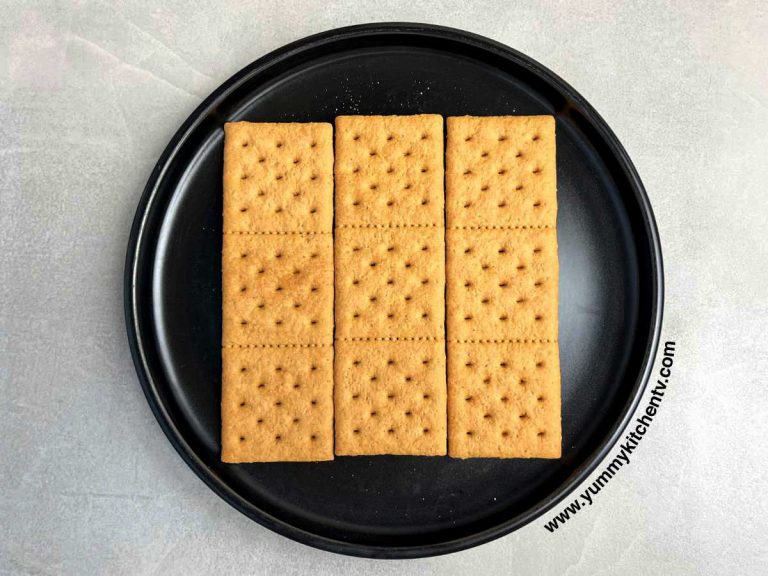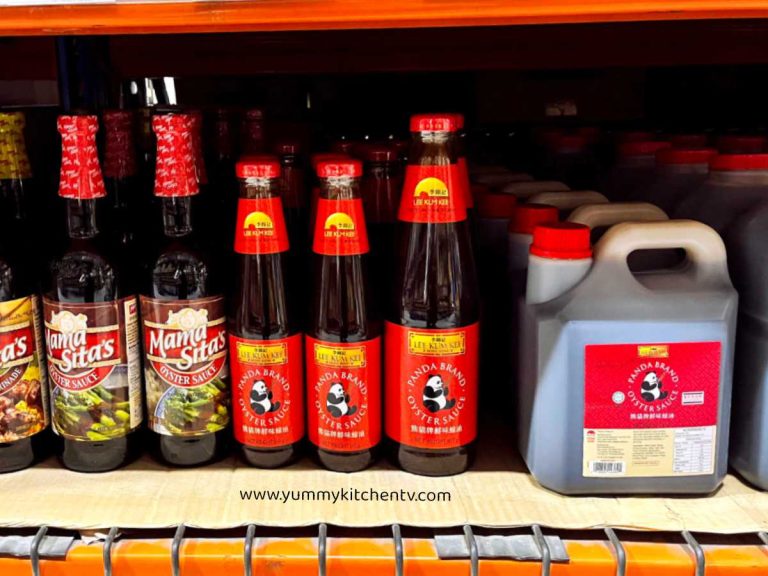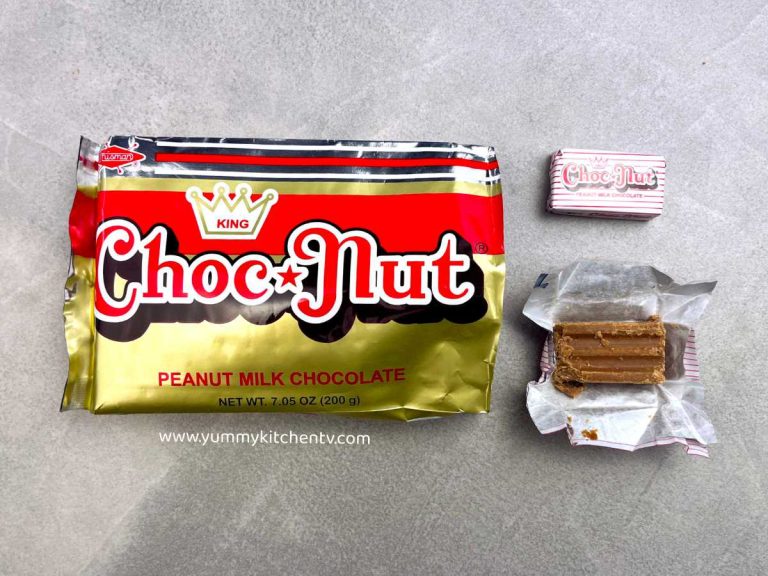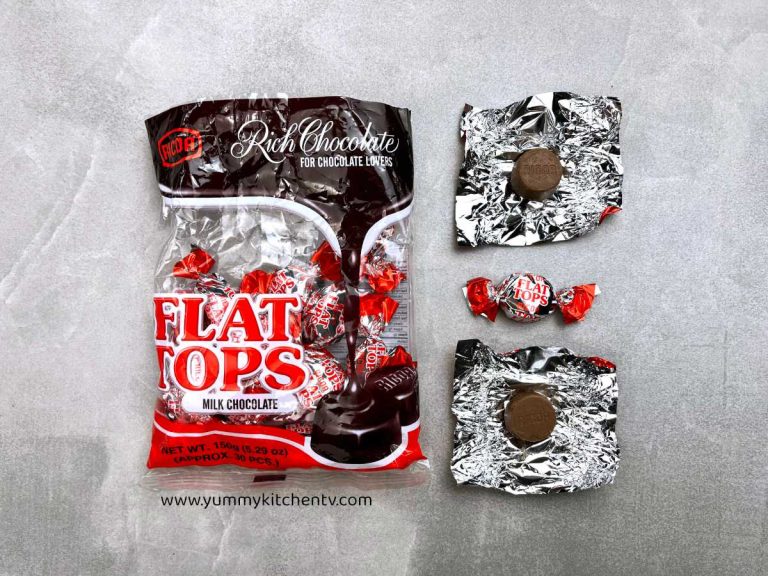Pechay – A Crisp, Fibrous Filipino Vegetable
Pechay or familiarly called “Bok Choy” in English, is a biennial plant that can grow to a height of around 15-30 cm in the vegetative stage. A leafy vegetable that can be grown at home with just a container or a small pot, and is commercially a profitable vegetable that is grown in farms. Found in Southeast Asian and especially in Chinese (bok choy) and Filipino (pehcay) cuisine. This leafy green has a slight peppery flavor. Being one of the varieties of Chinese cabbage (under the Chinensis cultivar), it is often cooked in sautés, soups, and stir-fry. What makes this leafy vegetable pop out from the multitude of greens? Check out this article to find out.
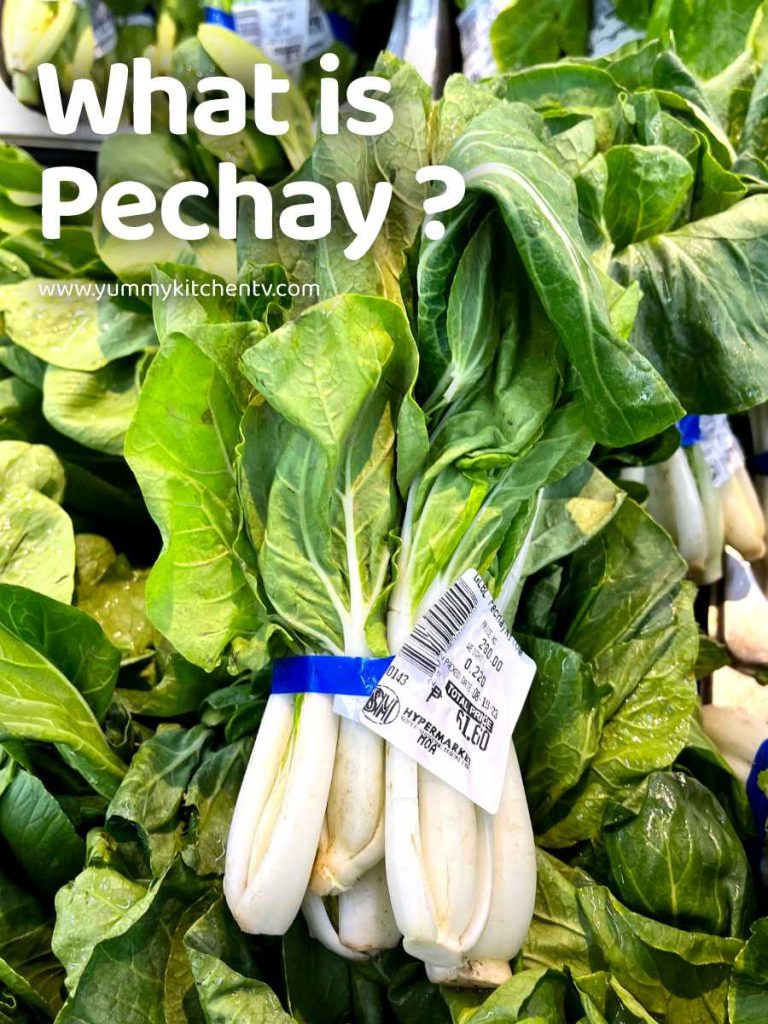
A short Introduction
“Pechay” in Tagalog, also known as “Bok Choy” in Canada, America, and Australia, or “Pak Choy” in Britain, is an erect, biennial herb. Meaning, this flowering plant needs to be grown in a tropical or temperate climate, like farmlands or in warmer areas for those planting at home. Taking around 2 years to complete its life cycle, after one would typically take our the plant with the roots and grow another batch. With the first season growing leaves, and the second season producing flowers before dying. Typically found in Southeast Asian and Chinese cuisine, in its vegetative stage it grows to about 15-30 cm tall having green ovate shaped leaves spread and arranged spirally, the bottom stalk (or petiole) are enlarged to fit the spiral leaves shaping into a bundle.
This has the scientific name “Brassica rapa subsp. Chinensis”, “Chinensis” variety of Chinese cabbages where bok choy is under usually have bulb-like ends, green blade-like leaves that do not form a head, but instead forming a cluster, similar to mustard greens. It tastes like spinach, or cabbage, some even saying it’s reminiscent of celery, but mildly peppery and sweet. A leafy, crispy but tender vegetable is delicious in every way. A simple sauté with garlic, salt and pepper, stemmed and poured over with oyster sauce, added into broths, stews, in salads, or added into a meat dish for extra nutrients and fiber. You can’t go wrong with the addition of this tasty, vitamin packed, emerald greens.
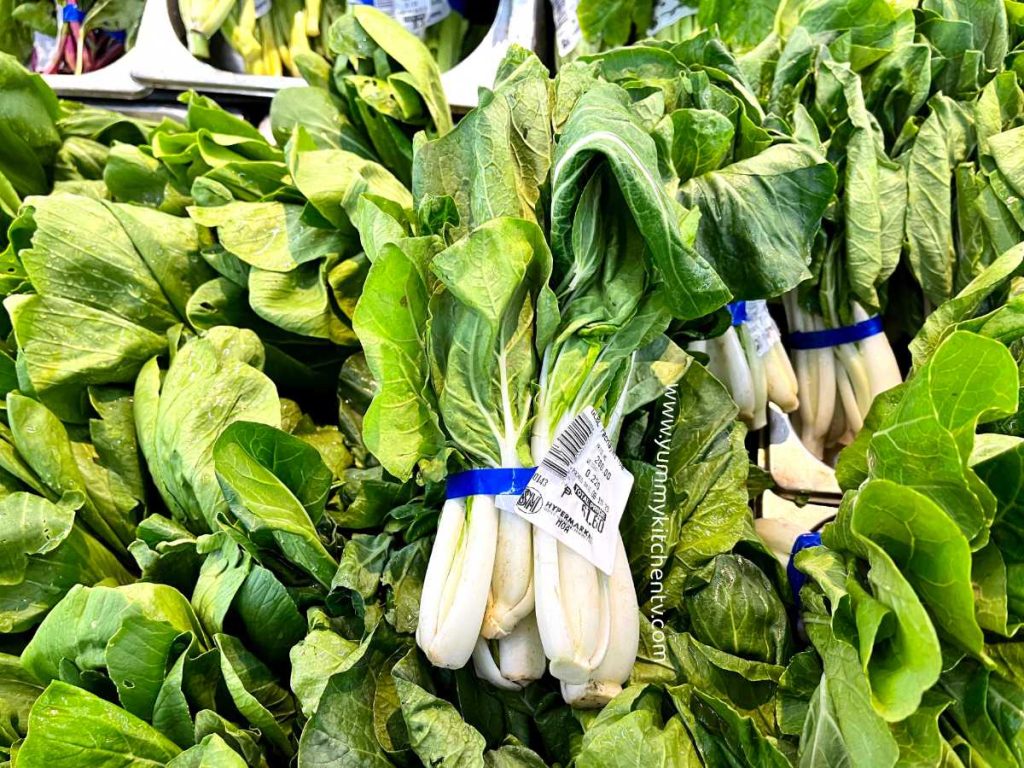
Pechay benefits
These may look small, but it packs a punch in the nutritional value. Having only 11 calories in 100 grams of pechay. This low calorie vegetable can supply you with ⅓ of the recommended daily folate requirement. These then turn into Vitamin B that creates energy from carbohydrates, and to also produce DNA found in each of our cells. Here are more pechay nutrition facts and benefits:
- A rich source of Calcium. Keeping bones strong and avoiding fractures, especially needed as we age.
- To avoids blood-clotting, having Vitamin K, which are needed especially by adults to reduce uncontrolled bleeding and blood clotting.
- Pechay benefits for diabetes? A good source of fiber, great for losing weight and keeps the digestive system healthy. This also lowers the blood cholesterol and blood sugar levels.
- A healthy stomach/gut also means having a better and stronger immune system.
- Has antioxidants that helps with skin and fights toxic substances to keep from cell damage.
How to plant pechay in pots?
Pechay is a plant you can actually grow at home. All you need are some medium sized containers, soil and pechay seeds. Here is a short summary of the growth stages of pechay:
- Sow the seeds in an unused egg tray or seed tray. Place some soil or potting mix in each section. If you have a seed starter kit, use the items given.
- Adding 2-3 seeds in each slot. Cover them thinly with soil. Spraying with water at least once a day.
- After 3-4 days, you’ll find small buds growing out. Once it grows the fourth leaf that appears after around 2 – 3 weeks. Transfer these to a bigger or medium sized pot. For the bigger pot, you can grow 3 of them together, giving each adequate space. Do not overcrowd the pot.
- Make sure the ‘pechay flowers’ are placed in an area with partial shade.
- Spray enough water just to wet the soil every morning. You can also use water used to wash the rice, as this is healthier.
- After 3 or 4 weeks, the pechay will be ready to harvest.
- To harvest, you can cut only the leaves to use, going only as deep as 1-2 inches. And let the new leaves grow, repeat, or pull out the whole plant to use.
- Do note, that you might need to use pesticides to avoid any attacks from pests. Just make sure to wash the vegetables thoroughly before cooking.
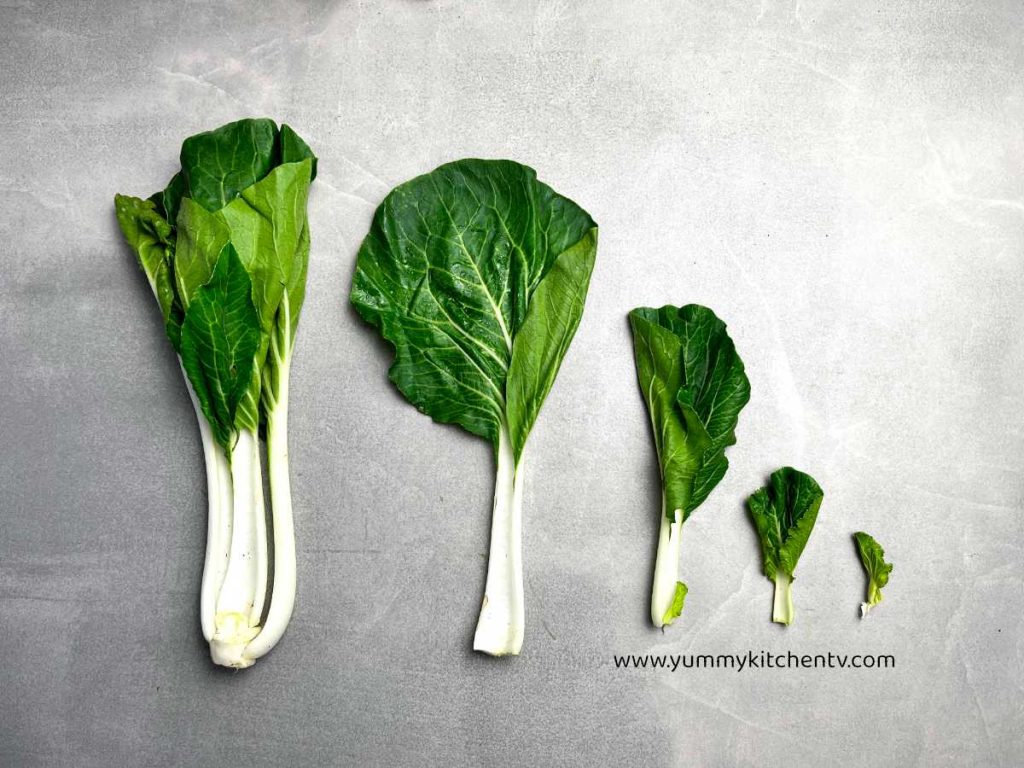
Pechay in the philippines
The native Pechay plant is one of the oldest plants found in the Philippines. Eaten by almost every Filipino, added into soups, stir-fry, sautes and many more. Being one of the variety of Chinese cabbages though, the difference with bok choy and pechay is that the stalk and bulb of the bok choy is more of a light green, which differs with the Filipino version, the Pechay vegetables have a very light green to a creamy white colored stalk. Most of the time the white talks are chopped of as these can be harder to chew for the young and older generation. Cooking only the leaves or stalks closer to the laves area. Here are some Pechay recipes you can find in Yummy Kitchen:
- Ginisang pechay with sardines, a simple and affordable mix of savory and healthy. A can of sardines, pechay, and aromatics sauteed to make a quick dinner.
- Ginataang tilapia with pechay, try it out with other fishes, to add more fiber and color, simmer with aromatics, and coconut. It makes for a great and presentable lunch or fast dinner option.
- Other recipes also include; Ginisang pechay with pork, Ginisang pechay with tofu, Ginisang pechay with egg.
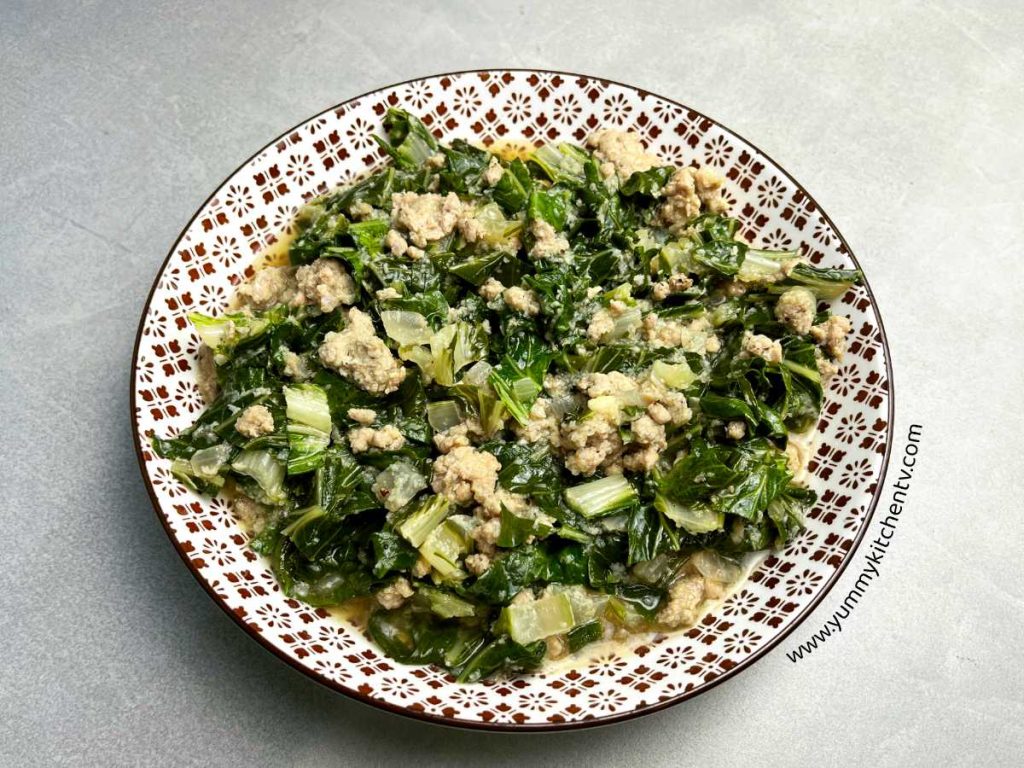
#Pechay #BokChoy #HealthyVeggie #FilipinoCuisine #LeafyGreens #NutritiousVeggie #FreshAndCrisp #VegetableLovers #FilipinoFood #HealthyEating
